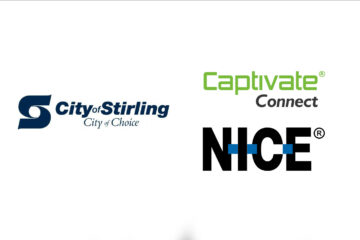2020 and 2021 have proved to be difficult years for businesses everywhere. As the world is ravaged by a pandemic of epic proportions, businesses have learned to accept, adapt, and find a new way of working. As the light at the end of the tunnel begins to get brighter and the road to a post-COVID world is outlined, there is a large debate over the future of hybrid work environments- flexibility in where, and when you complete your work.
A study by Stanford University of 16,000 workers over 9 months show that productivity when working remotely is greater than that in a traditional office setting. It is found that overall productivity increased by 13%, and an interesting 54% of respondents reported doing more work in the same or less time. This report also states that workers are the most productive between the hours of 10.30 am to 3 pm- leaving the traditional 9-5 behind.
The hybrid work model which gives greater freedoms to employees on where they complete their work is becoming increasingly popular in business today. Accenture reported that 63% of high revenue growth companies have embraced the idea, whereas 69% of companies with negative or no growth reject the hybrid workforce. Detractors of the hybrid work model theorise that communication to internal and external stakeholders is negatively impacted by the move to remote work- but is there a way to overcome this hurdle?
VoIP
The days of traditional on-desk business phones are gone as more companies embrace VoIP (Voice over Internet Protocol), the transmission of voice and multimedia content over an internet connection. VoIP phone systems allow users to choose whether they use traditional handsets, computers, or smart devices to make and receive calls- removing the static limitations of traditional telephony. VoIP provides the option of automatic call routing, meaning calls can be seamlessly transferred to the softphones of staff working remotely, providing they have an internet connection.
Although becoming increasingly prevalent today, VoIP was developed around 1995 to navigate long-distance call charges. Propelled into the forefront of technology in 2020, VoIP technology allows for seamless communication between teams and clients, from anywhere in the world.
Captivate Connect has developed technologies that are compatible with many VoIP systems, allowing for your customer on hold experience to be a positive one; even whilst working remotely. The Captivate Connect on hold solutions can be adapted to provide a tailored experience to your callers, wherever they are in the world.
Due to flexible working hours and globalization, it is important to inform customers immediately should they contact your business outside of allotted office hours- VoIP technology supports the addition of an after-hours message, recorded by Captivate Connect and able to be modified remotely.
Studies from Gartner predict that around 90% of all IT professionals will stop buying on-premise phone systems by 2022. It is important to follow customer trends- you must be in a space that your ideal customer wishes to visit. It is important to consider the outside-in perspective; put your customer first, and adapt to their preferred practices.
Do not settle for outdated technology when the most innovative solutions are here for the taking. Delight your callers with on hold solutions that improve customer experience and provide lasting benefits to your business.
Call (08) 9368 7500 for a free customised demo, or to find out more about how you can improve your business with Captivate Connect.



0 Comments